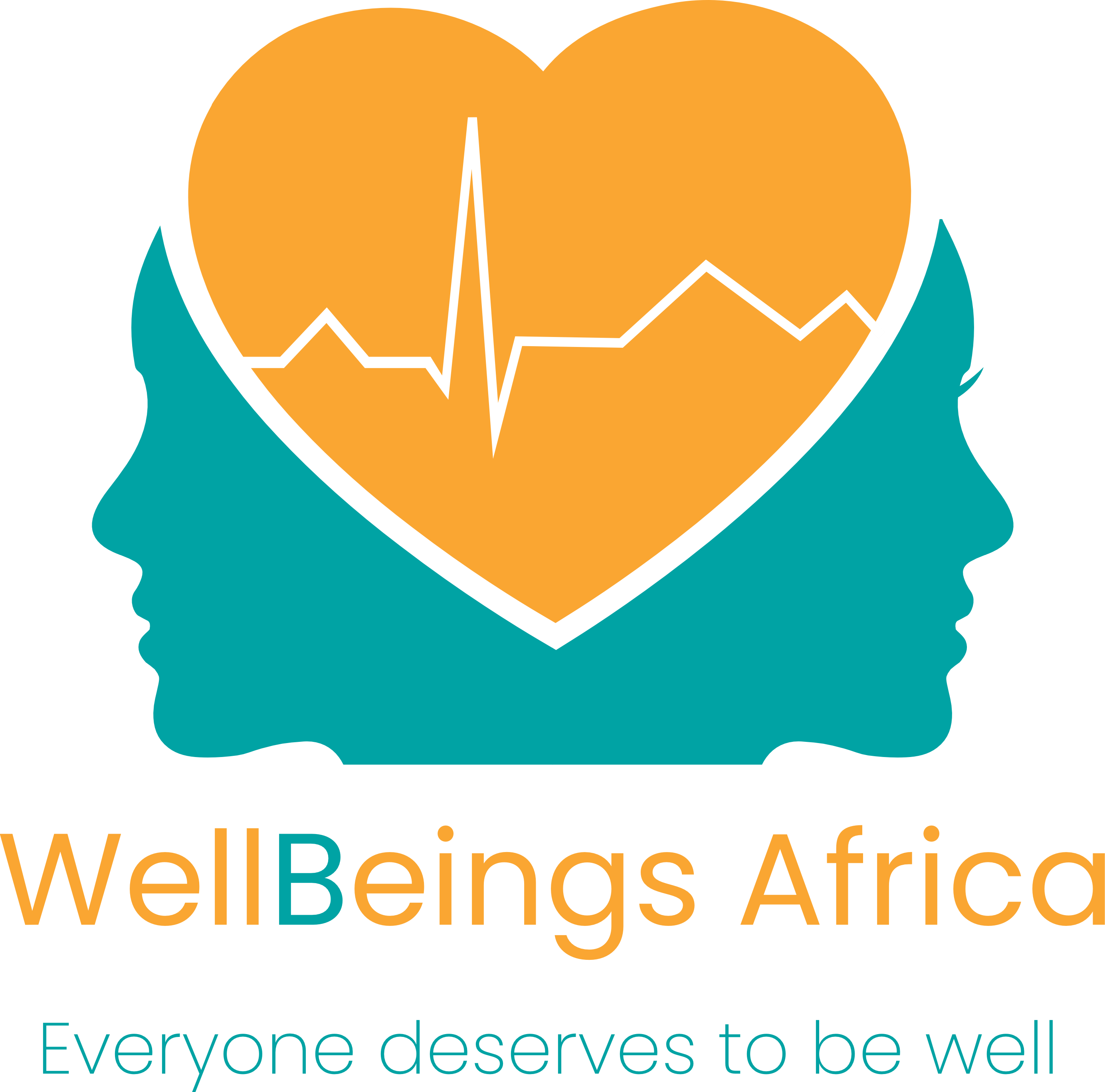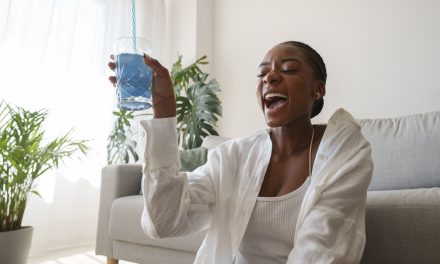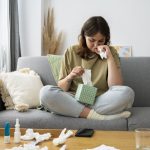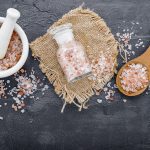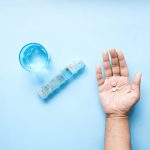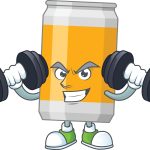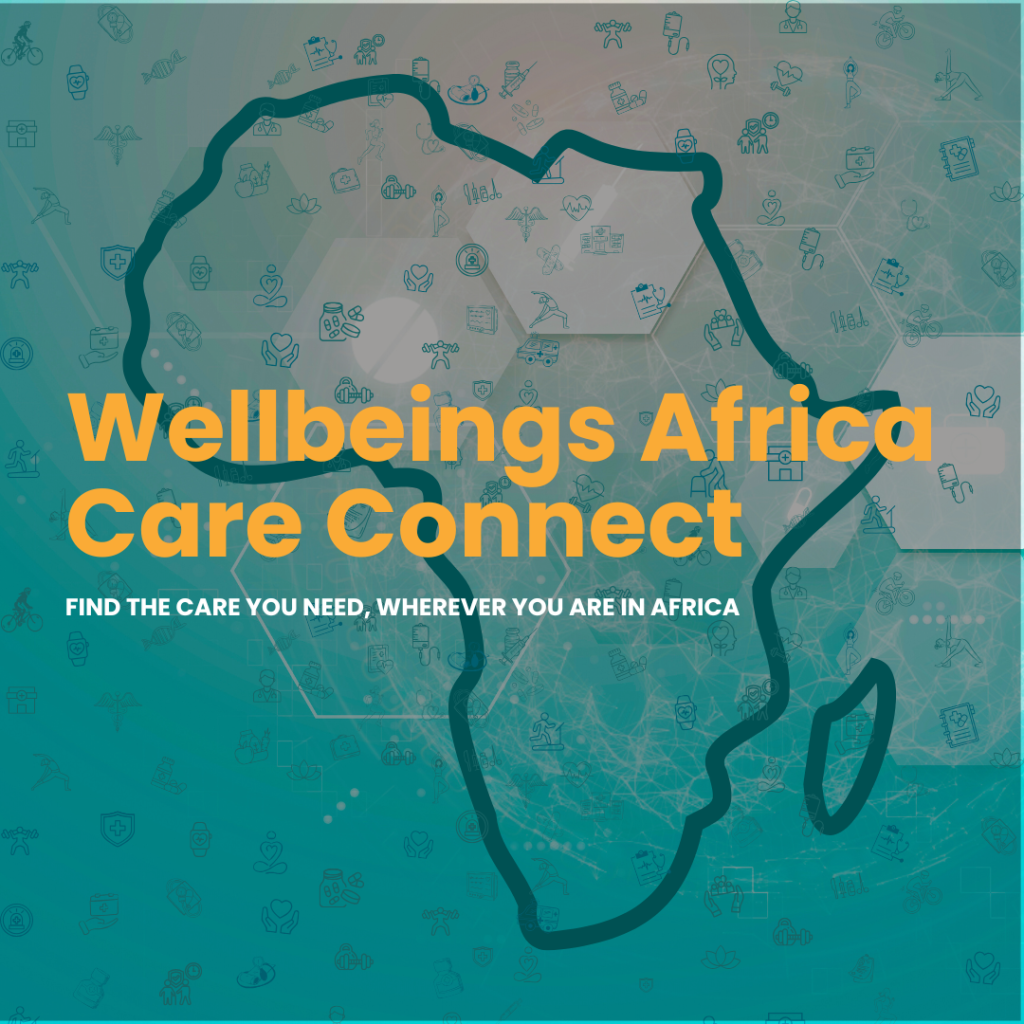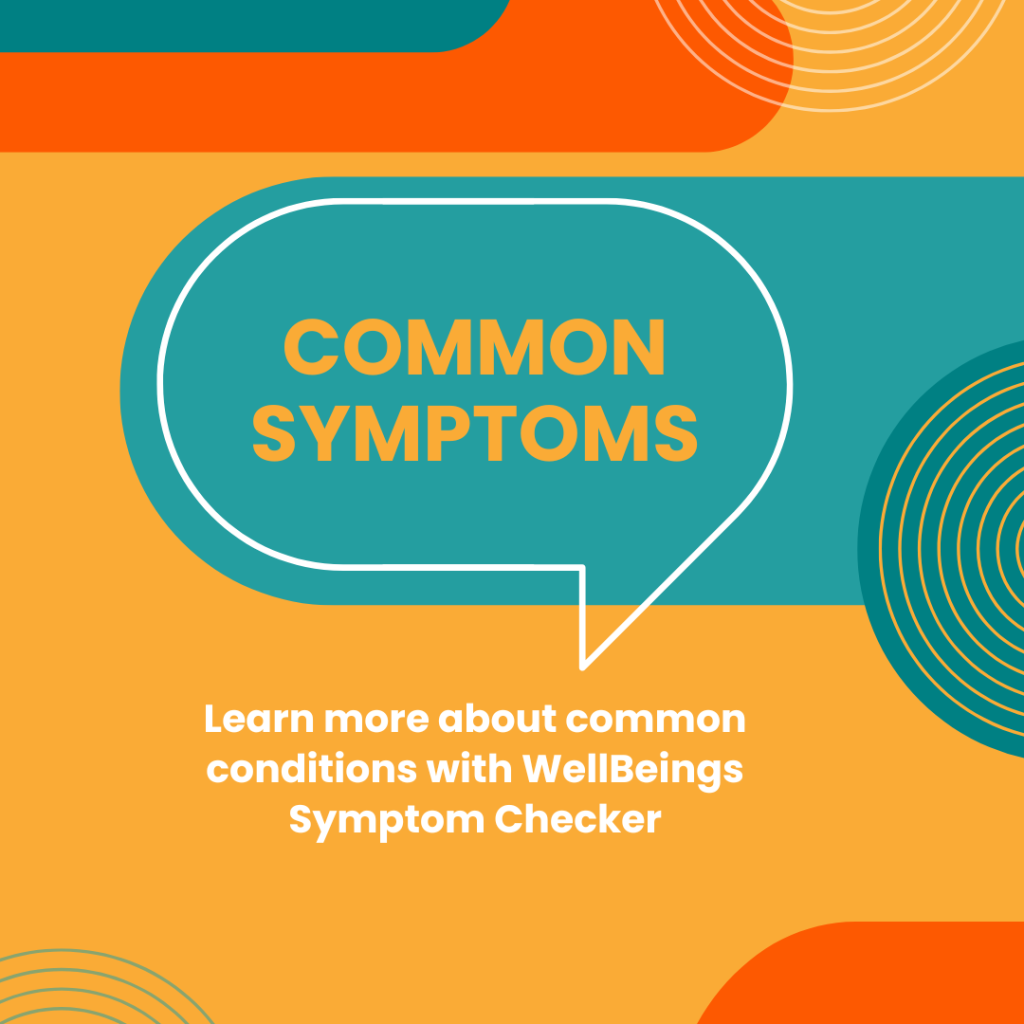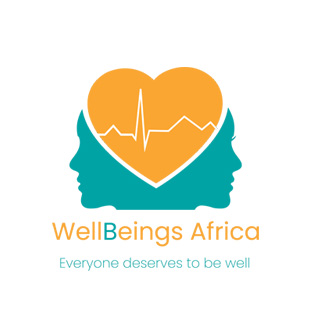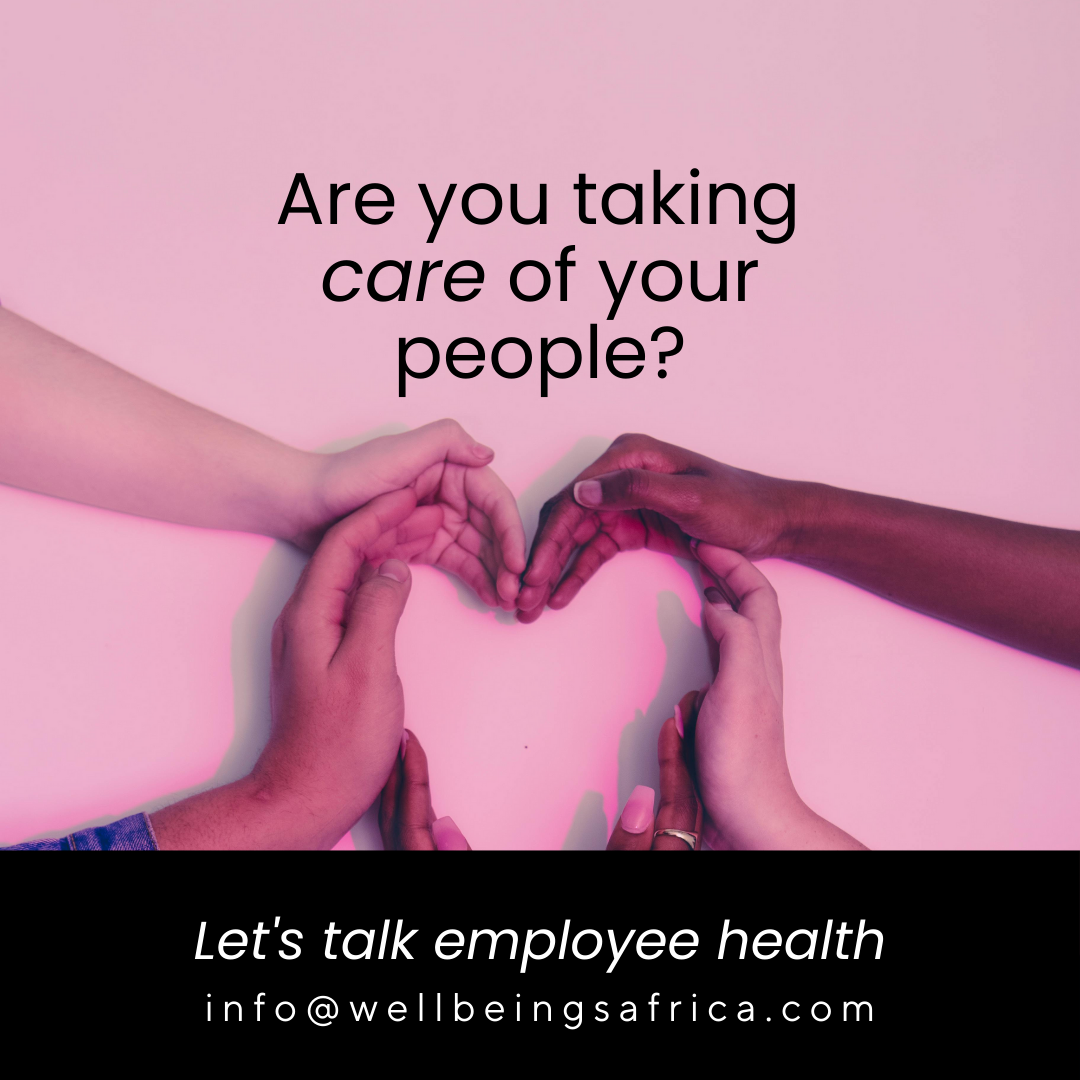It’s one thing to have acne as a teenager, but what’s adult acne about?
You’re a whole adult but here come remnants of teenager nonsense to spoil the party!
How is it possible to have acne as an adult? Unfortunately, it’s true. Whether you’re dealing with the occasional pimple or a full-blown breakout, understanding why acne happens is the first step to banishing those pesky spots for good.
Here’s something we don’t often think about. Just like your gut, your skin has its own microbiome. This is the ecosystem of bacteria that can contribute to acne. A balanced microbiome can help maintain clear skin, while an imbalance may lead to breakouts.
Quick Read:
- Acne is a skin problem that occurs when oil and dead skin cells clog your pores.
- This causes pimples, blackheads and whiteheads which appear on your face, neck and upper body.
- Many makeup products contain ingredients that can clog pores, leading to acne.
How does acne start?
Most teenagers experience acne. It’s almost a rite of passage as children develop and their hormones shift, leading to changes in the skin. In adults, acne can be triggered just before your menstrual cycle, birth control pills, stress, and even certain foods and drinks.
Then, there are conditions like rosacea, which is similar to acne. It’s more common in older adults and happens when your face becomes easily flushed, for example, when you’re in a warm room.
We can’t ignore that certain foods can make acne worse. Here are some common culprits:
- Sugary foods (biscuits, chocolates, soft drinks, cakes) can increase your insulin levels, leading to oilier skin and clogged pores.
- Dairy products like milk, cheese and yoghurt may cause hormone fluctuations that lead to acne, especially if you’re sensitive to dairy.
- Stay away from inflammation culprits like burgers, chips and pizzas. They can trigger acne.
- White bread, pasta and sugary cereals can spike blood sugar levels, potentially creating more sebum which leads to skin breakouts.
While these foods can affect some people, acne triggers can vary, so it’s smart to monitor your diet to see which foods tend to impact your skin.
Home remedies
for acne
- For mild acne, start by gently cleansing your skin each day. Look for non-prescription acne products at your local pharmacy and ask the pharmacist for advice for your skin type.
- Do your best to avoid touching your face. This also means NOT squeezing or picking at pimples and acne as that can lead to scars and infections.
- If you have oily hair, try to keep it off your face, so the oil doesn’t worsen the acne.
- When it comes to makeup, choose products that are fragrance-free and non-irritating to your skin. You may need to ask a pharmacist for help here.
- You still need sunscreen. Look for one that won’t further clog your pores.
- Healthy skin needs lots of water. Drink water regularly throughout the day.
- When you’re well-rested, you may notice your acne appears less inflamed and your skin looks clearer. Sleep is important for healthy skin, allowing your body to repair itself and regulate hormone levels that can affect oil production.

Help at hand
If home remedies aren’t quite helping, it’s time to see a doctor for specialised treatment. You may need specific antibiotics or creams and ointments.
Watch for these symptoms, as well:
- Your skin hasn’t improved after six to eight weeks of home treatments.
- Your skin is red or purple or you have hard bumps on your face.
- The pimples are large and hard or filled with fluid.
- You have scars and marks as your skin heals.
- Acne starts to form after starting a new medication.
- In women, acne forms along with facial hair and you have muscle pain.
- Some medications, like steroids or lithium, can bring on acne as a side-effect. If you notice breakouts after starting a new medication, it’s worth discussing with your doctor.
Images: Pexels
